DEI Voices: Geffrye Parsons - Chief Empathy Officer (CEO) at The Inclusion Imperative
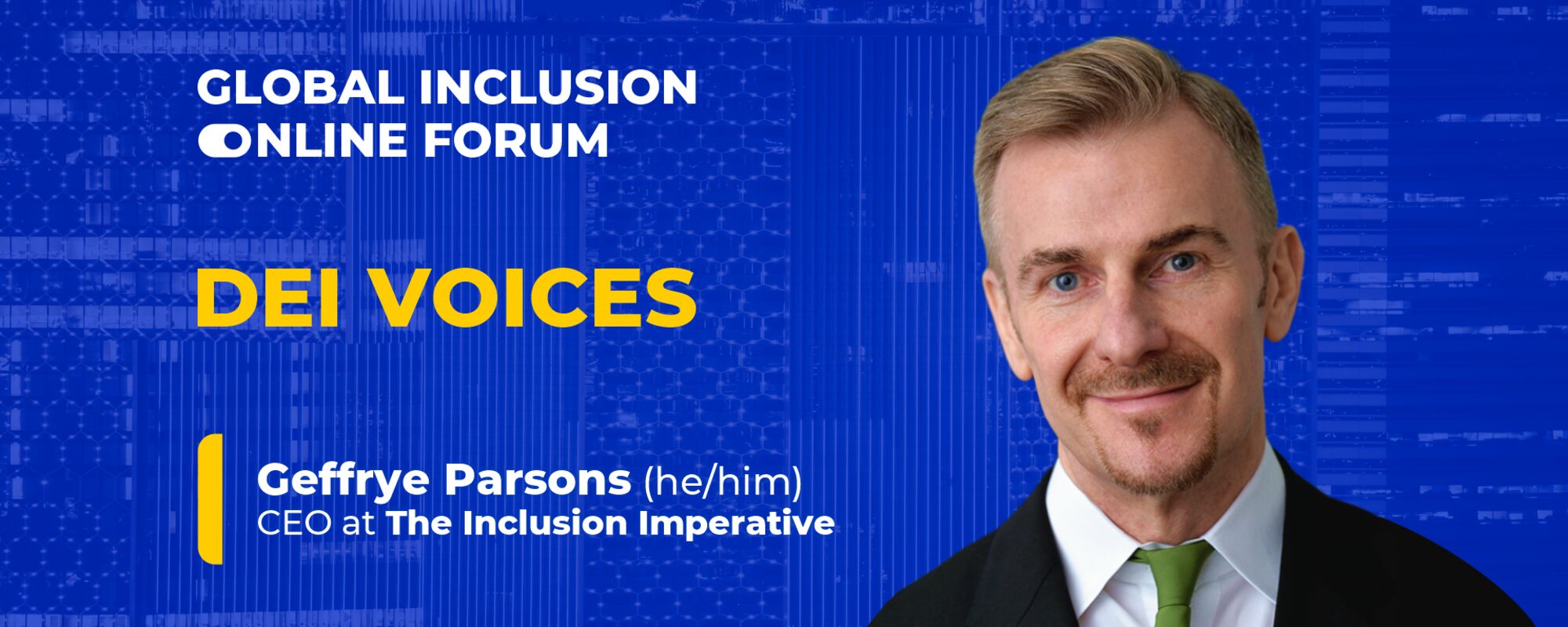 To kick off the month of June, and LGBT Pride Month, the Global Inclusion Online Forum (GIOF) had an insightful conversation with Geffrye Parsons on his DEI journey of more than 3 decades across countries including the U.K., Hong Kong, Singapore, and the Netherlands!
To kick off the month of June, and LGBT Pride Month, the Global Inclusion Online Forum (GIOF) had an insightful conversation with Geffrye Parsons on his DEI journey of more than 3 decades across countries including the U.K., Hong Kong, Singapore, and the Netherlands!Geffrye offers DE&I-related speaking, training, coaching, and mentoring services to organizations on a consultancy basis, especially but not exclusively focused on LGBTQ+ inclusion.
We asked Geffrye five questions about his DEI journey:
Q1. Hello Geffrye! To start our conversation we would like to ask you to share with our readers your story. Can you tell us what your role as Chief Empathy Officer at The Inclusion Imperative entails?
When I set up my DE&I consultancy practice, The Inclusion Imperative, last year, I thought long and hard about the most appropriate name for it and title for myself. Rather than something anodyne like “Geff Parsons Consulting”, I decided to use the organisation’s name to emphasise my belief that inclusion is not just a discretionary ‘nice to have’. Through the name I adopted, I wanted to highlight the fact that, for many reasons (not least commercial), inclusion is now an absolute must for modern businesses.
My thinking followed a similar pattern when devising my own title. I decided to adapt the usual meaning of CEO to emphasise my belief that empathy (coupled with its more action-oriented sibling, compassion) is one of the most critical ingredients in the make-up of a successful modern leader.
Of course, it has been pointed out to me that, as a single-person business, I could just as justifiably have called myself Chief Everything Officer! But in the end, the title matters more for the message it projects outwardly. The consulting work I do with organisations is always based on a ‘gap analysis’ process of discovery, reflecting pull rather than push – i.e. the work is fitted on a bespoke basis to each client’s unique situation and needs, rather than large-scale off-the-shelf products. And the importance of empathy and compassion underpins many of the messages I deliver in the course of that work, whether it be through speaking engagements, training, mentoring, coaching, performing diagnostic reviews, or any other form of input or guidance.
Q2. You have over 35 years of experience as a front office executive starting off in finance, and audit at global institutions like KPMG, and BNP Paribas. How did the transition to provision of DE&I-related speaking, training, coaching and mentoring services to organizations occur?
In the last 15 or so of my 35 years working in financial services, I became increasingly involved in what has since become known as DE&I, albeit on a side-of-desk basis. Candidly, I was always something of an activist within my workplaces, even when I was younger and not yet open about my sexuality at work – instances of inequity always bothered me, and I acquired a reputation as a bit of a troublemaker. In reality, I was a changemaker! – a label I wear with pride.
My last job in financial services was at Macquarie in London, where I worked as a Managing Director on the trading floor for almost nine years. For the last eight of those, I also chaired the LGBTQ+ employee resource group, and used that platform to really drive change internally – so much so that, by the time I left in early 2022, Macquarie had ascended from outside the top 300 to #1 on the Stonewall Workplace Equality Index, which made it officially the UK’s most LGBTQ+ friendly workplace at the time.
I loved doing my ‘gay job’ as much as doing my ‘day job’, and over time it became clear to me that, in fact, this was where my passion lies. So, having taken Macquarie to the very peak, I asked myself: “If not now, then when?” – and decided to leave in order to focus fully on helping other organisations progress on their inclusion (especially, but far from only, LGBTQ+ inclusion) journeys.
Macquarie was a terrific place to work, and I was very touched to be thrown a big leaving party at which the regional CEO made a speech thanking me for ushering in such major culture changes within the organisation. Quite an emotional moment for me!
Q3. Your DE&I consultancy – The Inclusion Imperative – has worked with the likes of Comcast, Axon, Federated Hermes, Linklaters, Commerzbank, Montagu Evans, and Shell. Have you witnessed the emerging Diversity Fatigue? How can corporations overcome it?
Diversity fatigue is something of an umbrella term, in my view. In part it refers to a basic negative reaction among some people in workplaces to what they perceive to be message overload, and which they therefore sometimes see as actually inhibiting, rather than enhancing, their ability to deliver in their role. In other cases, it can be used as a cover for a lack of engagement rooted in actual resistance to the inclusivity which the organisation is seeking to foster.
I have witnessed both types occurring many times – but it can be overcome.
If the fatigue emanates from perceived message overload, organisations (and especially their DE&I leads and ERGs) need to be strategic in their delivery. This might involve appropriately spaced-out timing of events and communication campaigns etc, and it should definitely include a mix of themes and media. If every campaign or event is ‘heavy’, e.g. educational or charitable, people may eventually cease to engage – so it is important to also do things which are fun! For example, quizzes, games nights, karaoke, treasure hunts, drag bingo shows, celebrity interviews etc will typically all attract more sizeable audiences – and will allow inclusive messages to be delivered to more people almost surreptitiously (or, as I usually describe it, through a ‘Trojan Horse Technique’).
If, on the other hand, the fatigue is rooted more in inherent resistance, this requires different approaches, often combining both carrot and stick. Training and workshops are useful, but need to avoid triggering a ‘compliance mindset’ – the need is to win over hearts and minds. Appealing to people’s sense of morality can work in some cases, but often more effective is to deliver training (even if in informal formats like ‘Lunch & Learns’) which explains and illustrates the commercial rationale underpinning inclusion, e.g. the positive impact on team productivity, innovation and risk-robustness when it operates in an environment of psychological safety.
We must always be on guard against diversity fatigue, and address it appropriately, as otherwise it can not only erode the dynamics of workplace inclusion, but also snowball into systemic problems which, once embedded, can be much harder to unpick.
Q4. For almost a decade you were the chair, and co-chair of ‘Macquarie Pride’ - an LGBTQ+ employee network group for the EMEA region. In your experience, how can organizations, and chief diversity officers promote a diverse and inclusive workplace that supports LGBTQ+ employees, and provides support, resources and guidance on issues relating to sexual orientation and gender identity?
This is the million dollar question! And the answer is, of course, multi-faceted (as anyone who has ever tackled the Stonewall Workplace Equality Index can certainly attest!).
Some key aspects which I would highlight, though, include the following:
- Try to understand and measure the problem, because (as the saying goes), “what gets measured gets managed”. So collect and use data to inform areas of focus. No material business decision should really ever be made without data, and decisions around what is needed to improve workplace inclusion are no exception. However, this generates an immediate problem – how to get the data, much less interpret and use it? There is a temptation to prioritise more visible characteristics (e.g. gender and ethnicity) to establish a basic ‘body count’ – but that only measures representation, not inclusion, and of course also relatively de-prioritises less visible characteristics, such as being LGBTQ+, which is inappropriate. So instead ways must be devised to encourage people to disclose their own data (e.g. by C-suite role modelling and the use of incentives), and to measure how this translates (or not) into inclusion. Staff surveys can be useful for such measurement – especially ones which are broad in scope, and include (ideally innocuous looking!) questions which encourage staff to share views and experiences which indicate degrees of felt inclusion in the workplace.
- Be in it for the long-haul. There is a temptation to go for quick fixes and one-offs, and unfortunately in some cases to pursue pinkwashing, especially around Pride season. That is destructive, and builds cynicism among staff (as well as among observers outside the organisation). Events, communication campaigns and other initiatives need to be part of a broader strategy designed to create a cumulative effect, boosting inclusion – they must not be tokenistic or isolated. The objective is to trigger systemic change, which can come about only as a result of sustained, coordinated and deliberate action.
- Support, empower and reward ERGs. Too often organisations rely on the groundswell of energy and initiative from the ‘coalface’, failing to overlay the tactical efforts of the employee resource group with strategic direction. For optimal results, both are essential – an active ERG should never be used as a substitute for concerted effort driven by the organisation itself. Furthermore, ERGs should be appropriately resourced (including with time and funds) and recognised – they contribute significantly to corporate culture, and add value throughout the employee lifecycle (encouraging recruitment, productivity and retention), and should be rewarded accordingly.
- Don’t forget the ‘frozen middle’. DE&I efforts often focus on upskilling the C-suite leaders, and are also usually more readily adopted by younger, more junior staff. But in between lies the cohort of middle and line managers, and team leaders, who ultimately create the micro-cultures within organisations. As such, they are a critical component in the inclusion equation. And yet, most managers acquire their role organically, without necessarily having any leadership experience or receiving any training – and, paradoxically, quite often get almost forgotten in the drive to upskill people who are key to making the organisation truly inclusive in practice. So make sure to focus also on the ‘frozen middle’ to help them thaw out!
- Don’t be an island – outreach is critical, both internally and externally. Even the most energetic ERG, for example, needs other internal stakeholders to help it succeed – key among which are, typically, active executive sponsors, as well as DE&I leads, communications and HR teams, and other internal ERGs. All of those people can help an ERG deliver its mission, for example by coordinating intersectional efforts with other ERGs, and by boosting awareness of activities and education through internal communications campaigns and learning and development initiatives. In addition, external stakeholders can be very useful resources – for peer group benchmarking, learnings, and the sharing of resources and costs. Leveraging others, within and beyond the walls of the organisation, is an excellent way of helping to promote an inclusive workplace.
Q5. In conclusion, what legacy do you want to be remembered for?
This is a tough question, as I am a very long way from finished with my mission! But I think the motto of my DE&I consultancy practice, The Inclusion Imperative, says it all: “Making the world a more inclusive place, one organisation at a time”.
In other words, if possible I would like my legacy to be one of triggering positive change in a way which creates a snowball effect. Organisations, and especially commercial organisations, are uniquely equipped to drive change – they have the resources, the reach, the incentive, and perhaps above all the influence, to do so. But even a journey of a million miles begins with a single step, and every organisation naturally finds itself at a unique stage of its inclusion journey. Wherever they lie on that voyage, I want to be able to act as an accelerator for those organisations.
It is incredibly rewarding to watch organisations’ cultures respond and become more systemically inclusive, including of course of their LGBTQ+ staff, and to see the positive pay-offs from that – not only in terms of staff wellbeing, but also in improved productivity, efficiency, innovation, robustness and retention. It makes sense all round, and if I can help make the world a more inclusive place, one organisation at a time in this way, I can feel satisfied that I will have contributed a positive legacy.
To connect with Geffrye Parsons: https://www.linkedin.com/in/geffrye-parsons/
#DEIVoices
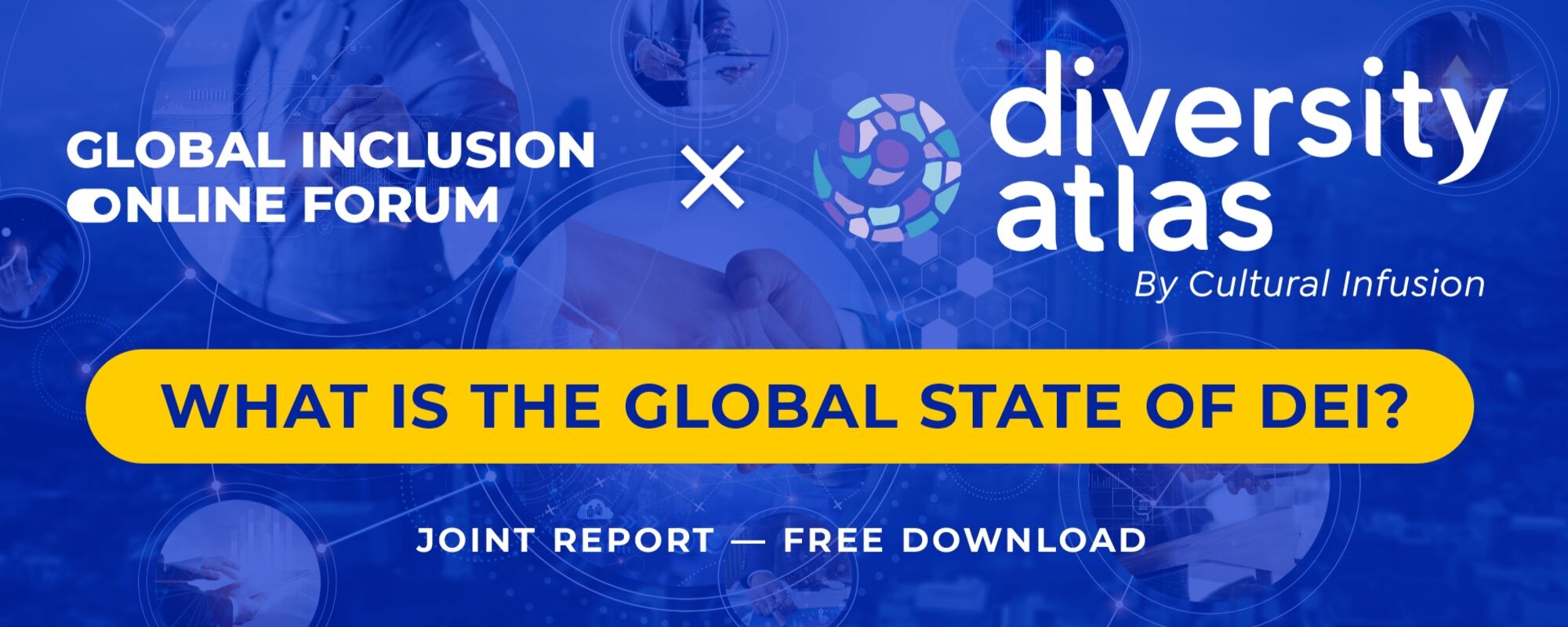
 Blind Hiring Summit: Embracing the New Age of HR
Blind Hiring Summit: Embracing the New Age of HR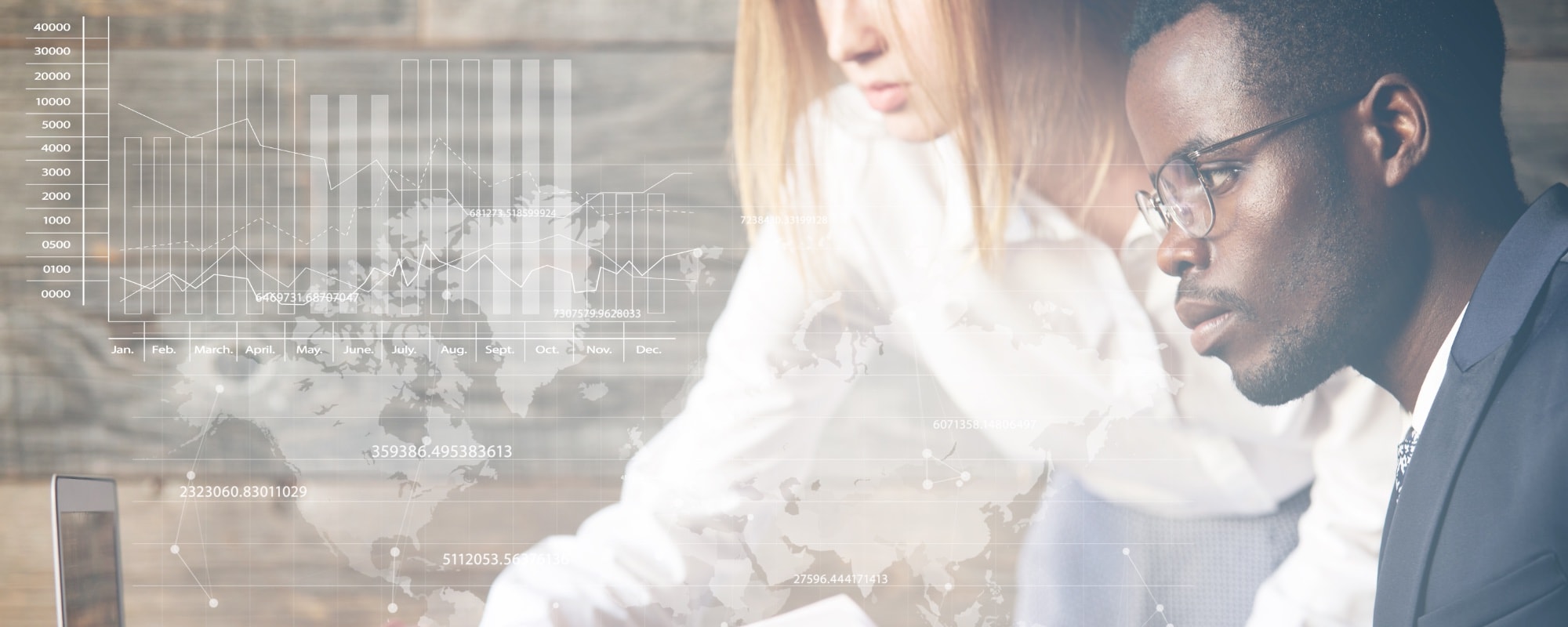 DEI Data Summit
DEI Data Summit Diversity Fatigue Summit
Diversity Fatigue Summit GIOF 2022 Annual Meeting
GIOF 2022 Annual Meeting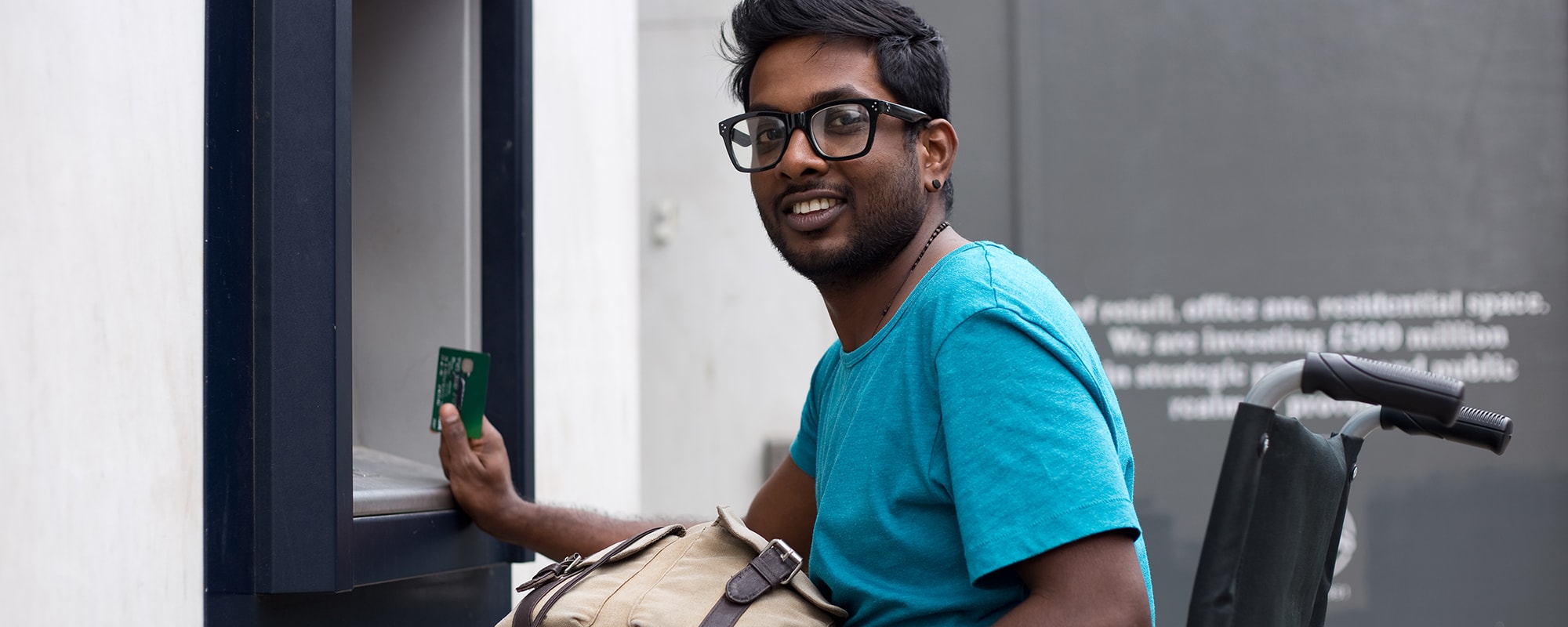 Banking for everyone: Arising accessibility trends in banking and financial services
Banking for everyone: Arising accessibility trends in banking and financial services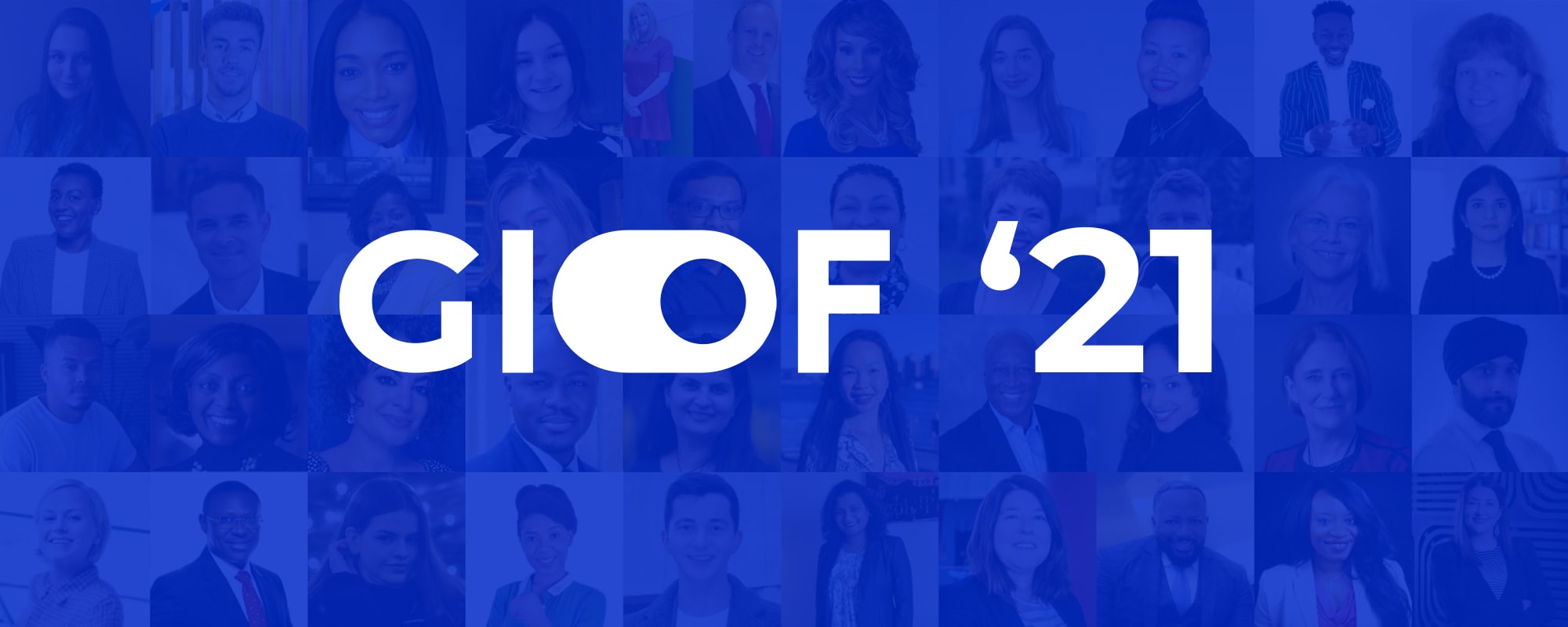 GIOF 2021
GIOF 2021 GIOF 2020
GIOF 2020